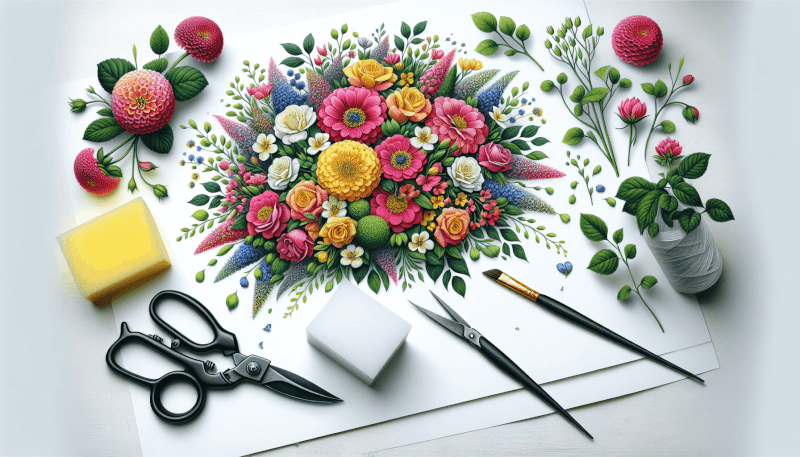Imagine transforming your garden into a vibrant oasis of color and fragrance with these easy DIY flower arrangements. Whether you’re a seasoned gardener or just starting out, these top 5 flower arrangements will add a touch of beauty to your outdoor space. From elegant bouquets to rustic centerpieces, these arrangements can be created using the flowers and foliage right from your own garden. Discover the joy of creating stunning floral displays and bring a burst of life to your outdoor sanctuary.
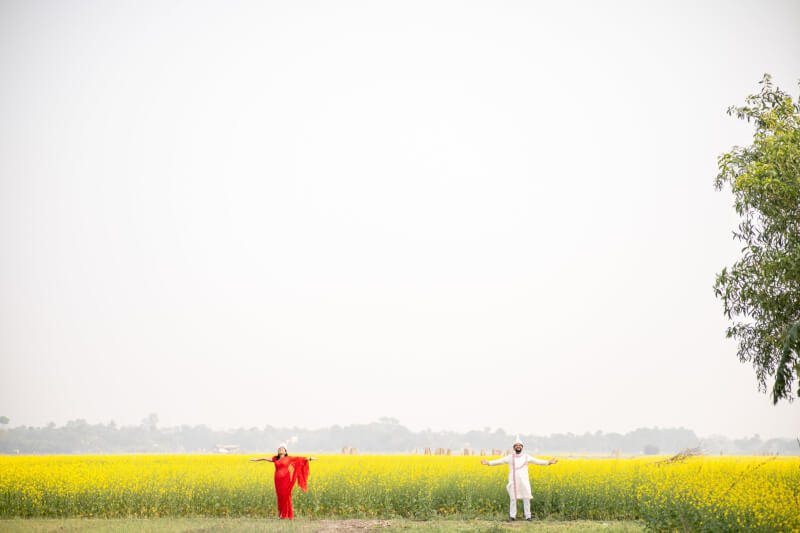
1. Cascading Flower Arrangement
Choose a suitable container
When planning a cascading flower arrangement, the first step is to choose a suitable container. Look for a container that has a narrow opening at the top and widens towards the bottom. This will help create a cascading effect as the flowers spill over the sides. Options like a tall vase or a flower basket with a handle can work beautifully for this type of arrangement.
Select a variety of flowers
To create a visually stunning cascading flower arrangement, it is important to select a variety of flowers. Choose flowers of different shapes, sizes, and colors to add interest to the arrangement. Consider using flowers with long stems that will allow them to gracefully cascade down the sides of the container. Popular choices for cascading arrangements include roses, delphiniums, and trailing ivy.
Cut the stems at an angle
Before arranging the flowers, it is essential to cut the stems at an angle. This ensures that the flowers can absorb water more easily, prolonging their lifespan. Use a sharp pair of floral scissors or shears to make clean cuts. Cutting the stems at a 45-degree angle also allows for better water intake, making the flowers stay hydrated for longer.
Arrange the flowers in the container
Now it’s time to arrange the flowers in the chosen container. Start by placing the tallest flowers in the center of the container to create a focal point. Then, arrange the shorter flowers and fillers around the taller ones. Ensure that the flowers are positioned at different heights to create depth and dimension. Don’t be afraid to experiment with different angles and positions until you achieve a balanced and visually pleasing arrangement.
Allow the flowers to cascade down
The final step in creating a cascading flower arrangement is to allow the flowers to cascade down the sides of the container. This can be achieved by positioning the stems of some of the flowers in a way that allows them to spill over the edge. Gently adjust the flowers until you achieve the desired cascading effect. This type of arrangement adds a touch of elegance and drama to any space, whether it’s used as a centerpiece or displayed on a side table.
2. Wildflower Bouquet
Gather an assortment of wildflowers
Creating a wildflower bouquet is a fun and whimsical way to bring the beauty of nature into your home. Start by gathering an assortment of wildflowers from your garden or local floral shop. Look for flowers with different shapes, sizes, and colors to give your bouquet a natural and organic feel. Flowers like daisies, sunflowers, and cosmos can work wonderfully in a wildflower bouquet.
Prepare a vase or mason jar
Once you have gathered your wildflowers, it’s time to prepare a vase or mason jar to hold them. Choose a vase or jar that complements the rustic and natural aesthetic of the wildflowers. If you want to add a touch of vintage charm, consider opting for a mason jar. Before arranging the flowers, make sure to clean the vase or jar thoroughly to remove any dirt or residue.
Trim the stems to the desired length
Before arranging the wildflowers, trim the stems to the desired length. Keep in mind the size of the vase or jar you’re using and the overall height you want the bouquet to be. Cut the stems at an angle to ensure better water absorption. If you prefer a more organic and natural look, you can vary the lengths of the stems to create a more textured and informal bouquet.
Arrange the flowers in a loose manner
To create a true wildflower bouquet, it’s important to arrange the flowers in a loose and relaxed manner. Avoid the temptation to create a perfectly symmetrical and tightly packed bouquet. Instead, embrace the beauty of imperfection and let the flowers fall wherever they naturally want to. Play around with the different colors and textures of the flowers to create a visually interesting and effortless-looking arrangement.
Add foliage or filler flowers if desired
If you feel like your wildflower bouquet needs a little something extra, consider adding foliage or filler flowers. Baby’s breath, ferns, or even sprigs of lavender can add a delicate touch to the arrangement. These filler elements provide a lovely contrast to the wildflowers and help to add depth and volume to the bouquet. Experiment with different combinations until you achieve the desired look.
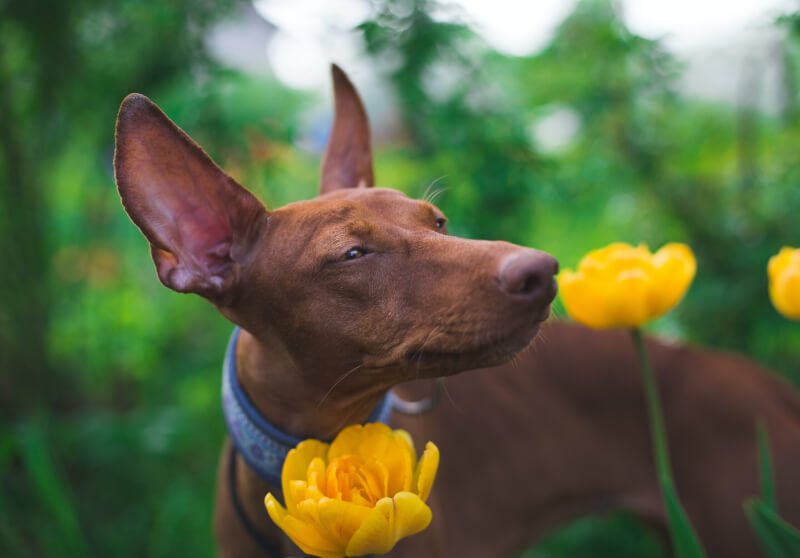
3. Monochromatic Flower Centerpiece
Select flowers of the same color
Creating a monochromatic flower centerpiece can be a stunning way to make a statement. Start by selecting flowers of the same color. Choose a color that complements your existing decor or one that evokes a certain mood or theme. For example, white flowers can create an elegant and timeless centerpiece, while vibrant pink flowers can add a pop of color and energy to the room.
Choose a container or vase
The choice of container or vase for a monochromatic flower centerpiece is important as it should enhance the overall aesthetic. Consider selecting a vase in a complementary color or a neutral tone that won’t distract from the flowers. You can also opt for a clear glass vase to let the beauty of the flowers shine through. Experiment with different shapes and sizes of containers to find the perfect match for your flowers.
Cut the stems to varying lengths
To create a visually appealing monochromatic flower centerpiece, it’s important to cut the stems to varying lengths. This helps to add depth and dimension to the arrangement. Longer stems can be used for the focal points, while shorter stems can be grouped together for a fuller look. Cutting the stems at different lengths also allows you to create different layers within the centerpiece, adding more visual interest.
Group flowers together in the vase
When arranging the flowers for a monochromatic centerpiece, it’s a good idea to group flowers of the same type together. This creates a cohesive and harmonious look. Start by placing the focal flowers in the center of the vase and work your way outward, adding additional flowers to create volume and balance. Leave some negative space between the flower groups to allow each type to shine.
Arrange them in a visually appealing manner
To complete your monochromatic flower centerpiece, arrange the flowers in a visually appealing manner. Play around with the height and positioning of each flower group, ensuring that they complement and enhance one another. Consider the overall shape of the arrangement and make adjustments until you achieve a balanced and visually pleasing centerpiece. A monochromatic centerpiece can create a sense of elegance and sophistication in any space.
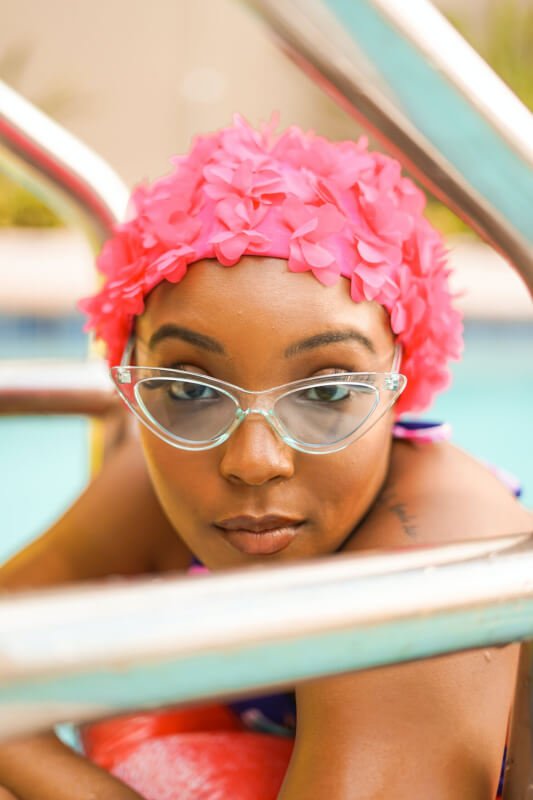
4. Succulent Terrarium
Select a suitable glass container
Creating a succulent terrarium is a wonderful way to bring a touch of greenery into your home or office. Start by selecting a suitable glass container that will provide a clear view of the succulents. A glass jar, fishbowl, or glass vase can all work beautifully for a terrarium. Ensure that the container has an opening large enough for you to easily arrange and care for the succulents.
Layer rocks or pebbles at the bottom
To ensure proper drainage for your succulent terrarium, start by layering rocks or pebbles at the bottom of the container. This will prevent the roots of the succulents from sitting in excess water, which can lead to root rot. The rocks or pebbles also create a visually appealing base for the terrarium. Aim for a layer that is about one inch thick to provide adequate drainage.
Add a layer of activated charcoal
After the layer of rocks or pebbles, add a layer of activated charcoal. This charcoal helps to filter the air and eliminate any potential odors that may develop in the terrarium. The activated charcoal also acts as a further barrier against bacteria and fungal growth. A thin layer of activated charcoal, approximately half an inch thick, is sufficient for most succulent terrariums.
Place succulents in the terrarium
Now it’s time to add the main stars of the terrarium – the succulents. Choose a variety of succulents with different shapes, sizes, and colors to create visual interest. Start by placing the larger succulents in the terrarium first, ensuring that they have enough space to grow. Then, fill in the gaps with smaller succulents, ensuring that the roots are properly covered by the soil. Be gentle when handling the succulents to avoid damaging them.
Add decorative elements if desired
To add a personal touch to your succulent terrarium, consider adding decorative elements. You can place small figurines, pebbles, or seashells among the succulents to create a whimsical and unique display. Just make sure that any decorative elements you choose are safe for the plants and won’t interfere with their growth. Let your creativity shine as you personalize your terrarium to suit your style and taste.
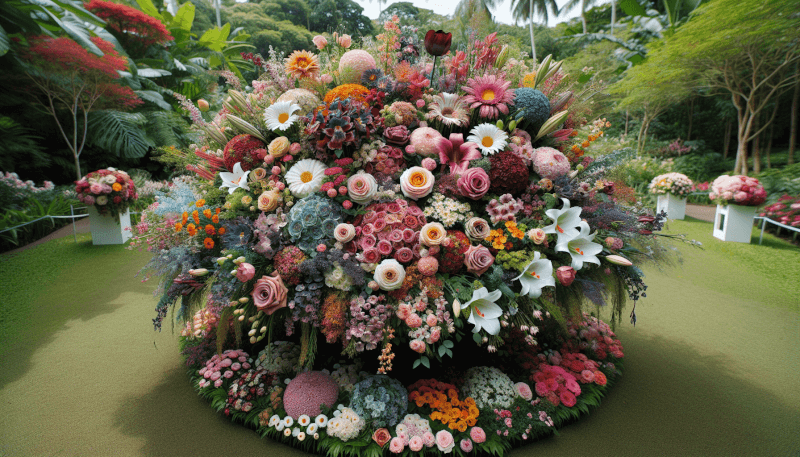
5. Herb Planter with Blooming Flowers
Choose a pot or container with drainage holes
When creating an herb planter with blooming flowers, it is essential to choose a pot or container with proper drainage holes. Herbs, like flowers, require well-draining soil to thrive. Without proper drainage, excess water can lead to root rot and other issues. Look for a pot or container that is deep enough to accommodate the root systems of the herbs and provide enough space for the blooming flowers.
Prepare the soil with organic matter
Before planting your herbs and blooming flowers, it’s important to prepare the soil. Herbs thrive in soil that is well-drained and nutrient-rich. Mix in organic matter such as compost or well-rotted manure to improve the soil quality and provide essential nutrients. This will help promote healthy growth and ensure that your herbs and flowers flourish throughout the growing season.
Plant herbs and blooming flowers together
The beauty of combining herbs and blooming flowers in a planter is that they can complement each other both visually and functionally. Choose a variety of herbs that you enjoy using in your cooking, such as basil, rosemary, or thyme. Consider planting them alongside blooming flowers that have similar growing requirements, such as marigolds, pansies, or petunias. This combination will not only add color and fragrance to your garden but also attract beneficial pollinators.
Water the planter regularly
To keep your herb planter with blooming flowers thriving, it’s important to water it regularly. Herbs and blooming flowers have different water requirements, so it’s important to strike a balance. Check the soil moisture regularly by inserting your finger into the soil. If it feels dry, it’s time to water. Aim to keep the soil evenly moist, but not waterlogged. Avoid overwatering, as it can lead to root rot and other issues.
Harvest herbs as needed
One of the great advantages of having an herb planter is the ability to harvest fresh herbs whenever you need them. As your herbs grow, you can start harvesting the leaves and stems as needed for cooking or herbal remedies. Regular harvesting promotes bushier growth and encourages the plants to produce more leaves. Just remember to harvest only a small portion of the plant at a time, allowing it to continue growing and replenishing itself.
In conclusion, these top 5 DIY flower arrangements offer a variety of options for adding beauty and greenery to your garden or home. Whether you prefer the elegance of a cascading flower arrangement, the whimsy of a wildflower bouquet, the simplicity of a monochromatic centerpiece, the charm of a succulent terrarium, or the functionality of an herb planter with blooming flowers, there is something for every gardening enthusiast. With a little creativity and care, you can create stunning flower arrangements that bring joy and tranquility to your surroundings. So roll up your sleeves, gather your favorite flowers and plants, and let your imagination bloom!
